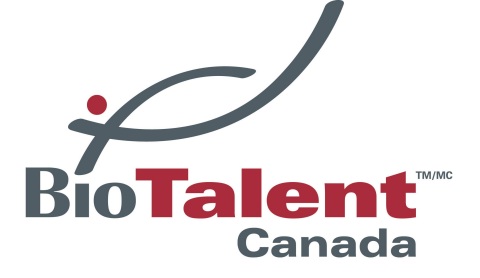OTTAWA, Ontario– BioTalent Canada today released new findings from its most recent bio-economy Labour Market Information (LMI) study. This new brief—Academic Bonds: Examining the ties that bind STEM grads to their schools—reveals that few biotech graduates choose to relocate to find employment, with most seeking employment close to where they studied. There are several factors at play, notably that employers located close to a post-secondary institution can engage and form relationships with the students before graduation.
More than 90 per cent of graduates from the West, Ontario, and Quebec regions remain in their locations on average three years after graduation. Atlantic Canada is the exception. Only 70 per cent of graduates remain in that region which creates a challenge for their bio-economy employers as they face competition for talent from elsewhere.
“Atlantic Canada has always faced stiff competition for its talent,” says Rob Henderson, President and CEO of BioTalent Canada. “But challenges present opportunities. This brief reveals some recommendations for the bio-economy that, if executed, could help the Atlantic-region improve its talent retention rate.”
Another area that will require attention is finding ways to ensure graduates from the physical and life sciences and technologies remain in the industry. More than 40% of biotech grads indicated that their current employment was “not at all” related to what they studied. A contributing factor may be the median employment income which has stagnated among graduates between 2010 and 2015. This means that earning potential right out of the gate is higher elsewhere.
The data for this brief was collected from an analysis of Statistics Canada’s National Graduate Survey (NGS) and Education and Labour Market Longitudinal Platform (ELMLP). The results indicate several things:
- Graduate relocation—or lack thereof in most cases—presents challenges and opportunities for the bio-economy.
- Employers, post-secondary institutions, and associations must make students aware of the opportunities and resources that exist prior to graduation.
- Engaging graduates from closely aligned fields of biological/biomedical science programs must be undertaken to lower the underemployment rates within this group.
“The bio-economy is growing at an accelerated rate in Canada and the pipeline of talent generated every year by our post-secondary education institutions is second to none,” adds Henderson. “Labour Market Information studies like ours will help create a roadmap to sustainable growth in the sector. We are creating greater awareness among employers, students, and graduates of wage subsidy programs like BioTalent Canada’s Student Work Placement Program, Career Starter, and Science Horizons Youth Internship Program as a good place to start.”


